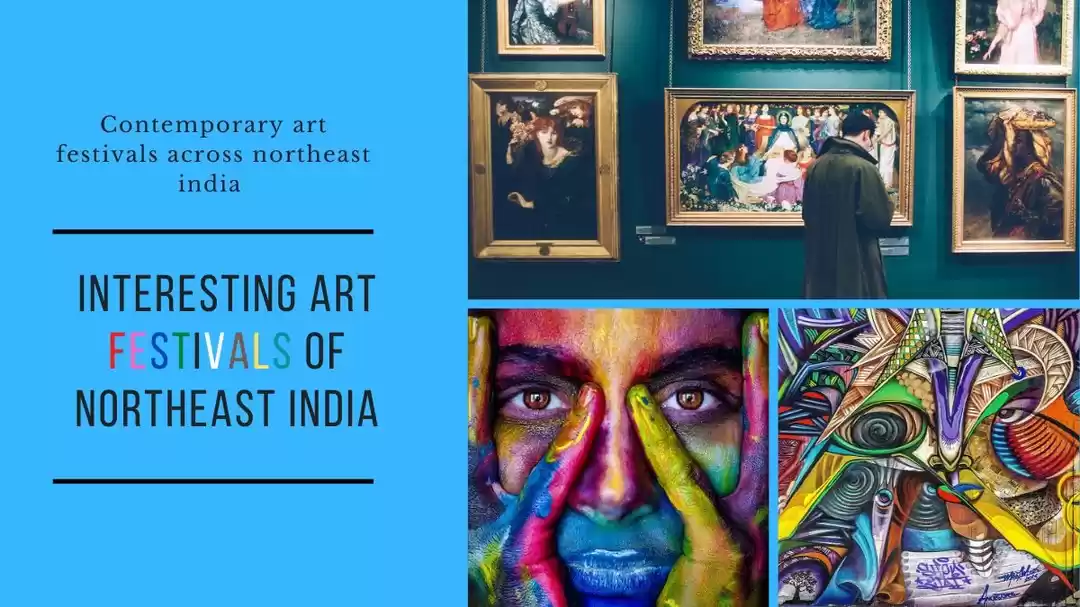







The Mighty Ahoms of Assam were well renowned for their bravery. The Ahoms were the only Ruling dynasty that didn’t fall to the Might of the Mughal Empire. They were dedicated to their Motherland to an extent that one of their General ‘Lachit Borphukan’ didn’t hesitate to behead his own Maternal Uncle due to his negligence towards his duties in protecting his Motherland. His statement on his action was ‘Dekhot ke Mumai dangor nohoi’ meaning ‘My Uncle is not greater than my Motherland’! This statement is still sworn in by the members of the Assamese community when it comes to protecting their Motherland from any foreign invaders.
The ‘Kanai Barasi’ Rock Incription site is located on the northern bank of the river Brahmaputra lying by the side of a motor able road at a distance of about twenty five kilometers from the campus of Guwahati University. The site lies on a low hillock on the bank of the river Brahmaputra with scattered pieces of boulders and a large block of rock surrounded by other smaller blocks.
This area appears to be of significant strategic importance as is revealed by three important rock inscriptions – all relating to military victories of regional powers over foreign invaders that attacked Assam from the west. While Rock Inscription No.1 belongs to 1206 CE, Rock Inscriptions Nos. 2 and 3 were issued in 1665 CE.
Rock Inscription 1 ~ This inscription records the destruction of the Turks who invaded Kamrupa in 1206 A.D.
Muhammad-Ibn-Bakhtiyar Khilji an intrepid and bold Turko-Afghan leader after conquering Bihar and Bengal invaded Assam with an Army of 12,000 horsemen in 1206. In Bihar he had destroyed the World famous Nalanda University and burnt its Library.
King Prithu of Kamrupa decided to lay an ambush near this site. The central arch of the the stone bridge on Barnadi was destroyed. All boats were removed. Prithu struck when the Turko-Afghan army was trying to cross the river. The invading army was decimated. Most of its soldiers and horses were drowned in the River. Bakhtiyar Khilji with a handful of horsemen escaped but was killed soon after. This account is given in Tabakat-i-Nasiri by a contemporary chronicler Minhajjudin Abu-Umar-i-Usman.
Rock Inscription 2 ~ This inscription records that the Ministers Burah Gohain, Borphukan, Brahat Gohain Phukan and Dihingiya Sandikai Phukan of Swarganarayan Deo (Chakra Dhvaj Singha) caused the erection of a Rampart here in 1665 A.D. after having defeated and slain Syed Sana and Syed Firoz.
Rock Inscription 3 ~ This inscription records that the Ministers Burah Gohain, Borphukan, Brahat Gohain Phukan and Dihingiya Sandikai Phukan of Swarganarayan Deo (Chakra Dhvaj Singha) caused the erection of a Rampart here in 1667 A.D.
The total number of rock blocks with petroglyphic engravings recorded at the site are six. The largest of the block has a girth of 37.8 feet and the smallest one measures 4.5 feet in length and 1.3 meters in breadth. The petroglyphic engravings consist of labyrinth, chessboard, circle, animal like figure, man, man riding animal, circle in a square, linear markings, circle, demon, lady, indeterminate objects etc. Fine grained granite are found to be protruded out of the alluvial soil cover in the area. These fine grained granite had been used for engraving rock arts and inscriptions. In the vicinity on the bed of the river Brahmaputra, many similar granite bodies are found to be exposed. Ancient ruins of a temple of Pre-Ahom period are found on scattered around on the river bed.
The site is protected by the Assam state department of Archaeology and basically known for the four plates of medieval stone inscriptions.The inscriptions, drawings and other rock arts indicate a multi layered and discontinuous history.
A temple has been constructed very recently over a rock cut engraving of Ganesha and worshiped mainly by the local Assamese caste groups inhabiting the area nearby. Another rock cut engraving of female has been considered by the 6 local population as a female goddess and beginning to be worshiped. Further down the site on the bank of the river Brahmaputra few blocks of stone are scattered over an area which show some ancient activity of a riverine population.
Jungleideas welcomes you to India’s North East to witness the The Might of the Ahom Dynasty Engraved on Rocks ~ the ‘Kanai Barasi’ Rock Incriptions, North Guwahati, the State of Assam, Incredible India!
This trip was originally published on 'Jungle Ideas'.
Frequent Searches Leading To This Page:-
places to visit in north guwahati, kanai barasi rock, north guwahati tourist places, north guwahati places, guwahati tour packages

























